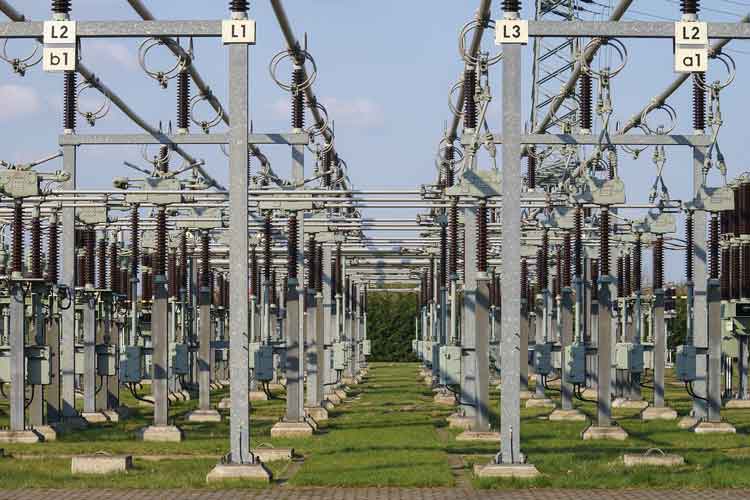KUB looks at peak power demand
By Knoxville News Sentinel
Protective Relay Training - Basic
Our customized live online or in‑person group training can be delivered to your staff at your location.

- Live Online
- 12 hours Instructor-led
- Group Training Available
The KUB board approved on first reading a proposal that allows its large industrial customers to take part in a TVA program encouraging them to shift their electric power demand use to non-peak hours.
The board also heard a KUB staff presentation on ways KUB can adjust its retail rate structure to accept changes TVA has approved to its wholesale rate structure. This will involve billing changes that will be complicated for KUB but of little consequence for customers, said Sherri Johnson, manager of rates for KUB.
The board also elected officers for 2011 and swore in Nikitia Thompson to her second term as a KUB commissioner. Pace Robinson was re-elected as chair, Eston Williams was re-elected vice chair and Mark Walker was elected secretary.
Ed Medford, KUB manager of key accounts, told the board that about 11 large industrial customers are eligible to join the Two-Part Real Time Pricing program that TVA has developed. This allows industrial customers to pay a fixed rate for a base level of hourly power use, and any variation in usage is charged or credited to the customer based on TVA's cost of producing the power. Participation by KUB's industrial customers would have no effect on KUB revenues, Medford said. The board approved the proposal after some commissioners received assurances that KUB would not face any hidden costs. The measure will take effect in March if also approved at the February meeting.
Johnson gave the board a presentation on a proposed new retail rate schedule that will come before the board for readings in February and March. Currently, KUB pays TVA a monthly power bill based on the total of power sales to KUB customers and that takes into account both energy and demand at rates that vary by KUB's customer classifications, Johnson said.
Under TVA's new system, KUB would be billed for its total monthly electric use and will be responsible for recovering the appropriate costs from its customers.
Also, TVA's new rate structure will include seasonal rates that will change to reflect higher costs of power generation during the summer. KUB is revising its retail rate structure to accommodate these changes, Johnson said. This includes a proposed increase in basic service charges for residential and small commercial customers to be offset by reductions to these customers' energy rates.
This should allow KUB to accommodate the new TVA rate structure without taking in additional revenue from customers, she said.
The new KUB rate schedule will take effect in May if approved on both readings.











